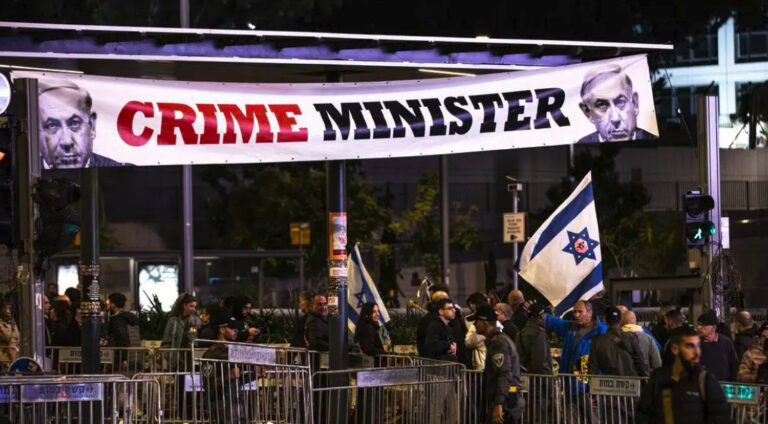
STRATEGIC ASSESSMENT. Bandits in northwestern Nigeria’s Zamfara State released more than 300 girls from custody, having abducted them from a school around a week earlier. This release came mere days after several dozen roadway passengers in nearby Niger State were also abducted and released after a week in custody, as well as on the heels of the bandits providing a proof-of-life video of the hostages to authorities. Both of these hostage releases resembled the more internationally known case in December 2020 where bandits in Kankara, Katsina State, which neighbors Zamfara, abducted several hundred boys from their school only to release them a week later. The Kankara abduction was notable because it confirmed the bandits had a liaison to Boko Haram, whose notorious leader, Abubakar Shekau done the abduction in a split-screen proof-of-life video featuring the abducted schoolboys. Nigerian officials typically deny paying ransoms after these hostage-takings, but investigative journalists usually find that concessions made to the bandits do involve ransom payments. The northwestern Nigerian bandits have thus established a precedent where mass abductions result in the receipt of ransoms when they release the hostages.
Hostage-taking has accordingly become a lucrative business for the bandits, echoing the kidnap for ransom (KFR) tactics also used by terrorist groups in the region. At the same time, Nigerian cleric Ahmad Gumi, who is negotiating with the bandits, as well as other observers have ironically found that the bandits explain their grievances in terms of the government’s failure to provide schools and infrastructure in their communities. The bandits, who are mostly Fulanis, also assail the Nigerian government for failing to protect them from other ethnic groups in land and cattle disputes, grievances that tend to resonate with locals. The Bandits, however, should not be underestimated. When their demands have not been met, they have brutalized their victims. Bandit kidnappings have become so routine and normalized that they rarely even make headlines anymore, including the most recent Zamfara kidnapping, in stark contrast to the media attention when such acts are perpetrated by terrorist groups.
The bandits have not developed any state-formation project, unlike what Boko Haram’s Shekau faction and its larger rival, Islamic State in West Africa Province (ISWAP), have begun to create in northeastern Nigeria. Nevertheless, concerns abound about Shekau, ISWAP, and the al-Qaeda-loyal faction, Ansaru, attempting to link up with the northwestern Nigeria bandits and pushing them to adopt a broader political agenda. This provides an impetus to establish more preventive programs in that region, such as those to prevent and counter violent extremism (PCVE) while these militant groups are still only in their formative stages. If the militant jihadist factions gain traction in Nigeria’s northwest, the targets of abductions may also change. For example, since a major ISWAP leadership dispute in 2019, ISWAP has begun abducting aid workers, including after attacking a military base in Dikwa last week that hosted humanitarian workers. Details remain unclear, but at least seven aid workers now appear to be in ISWAP custody or have been killed. Likewise, the Shekau faction has consistently abducted aid workers and Christian pastors, and while some have been released for large ransoms, others have been executed.
There are deep divisions between – and within – governments on how to safeguard humanitarian assistance in the midst of counterterrorism contexts; such incidents further highlight the need to understand the impact of sanctions and counterterrorism measures on humanitarian groups. Already humanitarian groups have stressed that such measures compromise their impartiality and limit their operations to government-controlled areas; others have stressed the chilling effect that the risk of penalties forces aid organizations to reduce or rethink operations. Such trends are likely to exacerbate tensions around these issues, given that both Boko Haram and ISWAP are internationally (UN) designated terrorist groups.
Boko Haram, Ansaru, and to a lesser extent ISWAP have established contacts, or liaisons, with various bandit groups, although the latter can operate independently. However, the potential for closer coordination exists. Moreover, the sharing of financial and other resources and training from Boko Haram to the bandits are further potential threats. While the bandits and militant jihadists have both targeted local roadway passengers, students, and local notables, Boko Haram and ISWAP have additionally targeted local “collaborators” with “foreign” aid organizations, as well as Christians. They have also implemented state formation projects. The recent initiatives by Islamic clerics like Ahmad Gumi to better understand and assuage the bandits’ grievances and find non-military and developmental solutions present some reasons for optimism. However, political will is generally scant, and Gumi’s fact-finding mission and mediation efforts with the bandits remains far from finished. If current trends continue and banditry grows more rampant, it could open up possibilities for Boko Haram, ISWAP, and Ansaru to entrench themselves in the northwest. Revenue earned through a more prominent crime-terror nexus could then fund the state-building aspirations of terrorist and violent extremist groups operating in the region (TSC).





